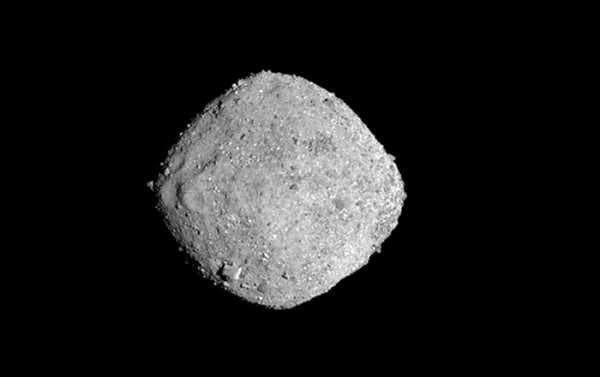
The celestial body known as AG3 was first mapped in December. Scientists then prepared to keep track of it, as it was projected to pass in the Earth’s vicinity two weeks into the new year.
A huge asteroid tracked by radars only a month ago passed just a short distance away from our planet in the early hours of Monday, The Express quoted the Jet Propulsion Laboratory (JPL) as saying. The space agency spotted the asteroid, dubbed Asteroid 2019 AG3, which was not expected to hit the Earth any time soon, but was worth studying due to its rather impressive size.
The JPL estimated that the rocky body was in the rage of 210ft to 459.3ft (64m to 140m) in diameter, which is equal to about twice the wingspan of a Boeing 747, the edition pointed out.
Similar celestial bodies, measuring 460ft in diameter, are considered “potentially hazardous” in the event of coming too close to the Earth’s surface. The most massive PHA is the gigantic Apollo, believed to measure approximately 4.3 miles in diameter.
Separately, NASA reported that it was monitoring a trio of rogue asteroids, expected to skim past Earth on Tuesday within just hours of each other
According to one of NASA’s earlier reports, its researchers have catalogued about one third of the estimated 25,000 NEAs that are at least 460 feet and potentially pose danger to the planet.
“Such objects would strike Earth with a minimum energy of over 60 megatons of TNT, which is more than the most powerful nuclear device ever tested”, the agency concluded.
Fortunately, Asteroid AG3 missed the Earth by more than three million miles (4.9 million km), 12.86 times the distance from Earth to the Moon, which may be considered a narrow miss on the cosmic scale, especially given the lightning-like speed that space rocks move at.
Sourse: sputniknews.com






